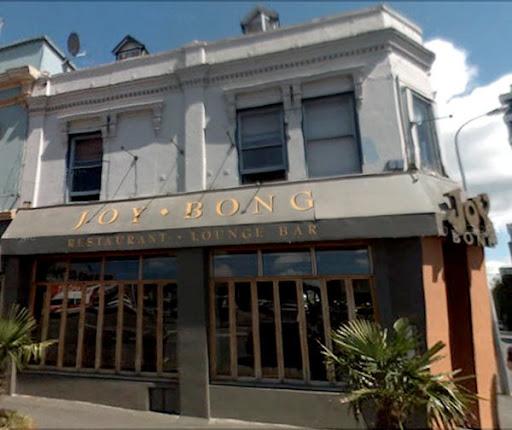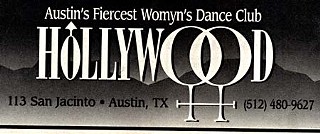 |
| Workers at Lesbian Helpline, Tamilnadu, India |
Location: Chennai, India
Opened: February 2009
Closed: May still be technically in existent, but apparently not really functional
In the U.S., Canada, et. al, lesbian hotlines and helplines started popping up in the 1970s. With the rise of the Internet, loss of volunteer interest, apathy, other alternatives, etc., they gradually withered away.
In India, the first lesbian helpline just got started about six years ago. But just as we see with all sorts of womyn's spaces in the western countries, this particular "space" was quickly infiltrated and overrun by men. Basically destroyed before it could even get started.
From the New York Daily News, February 5, 2015:
India's first lesbian phone helpline is being swamped with calls by curious men.
More than 80% of people who dial in to the Chennai-based service are actually males, reports Gay Star News.
Volunteer Aksma said many try to get contact numbers for gay women while others just want to find out more about same-sex female relationships.
"Some call up and say they have a sister or wife or a relative who is attracted to women. Finally, they ask for contact numbers of lesbians," the 24-year-old boxing coach told the Times of India.
"When we ask them to pass the phone to the woman, they refuse. A few men ask questions like how women are attracted to other women and how it is to be in a relationship," she added.
The weekend helpline was launched by the Indian Community Welfare Organization in February 2009 after a lesbian couple committed suicide in Chennai.
Psychiatrist Dr. Vasantha Jeyaraman, who works at Global Hospital, said the callers' curiosity was "not abnormal."
"Some men would get pleasure out of making such calls or few would want to try their luck while some heterosexuals would want to ridicule the women," he told the Times of India.
"It could be anything but only irresponsible men would make such calls," he added.








